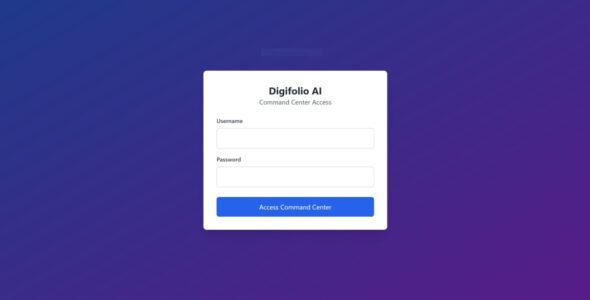How Data-Driven Property Management Can Transform the Industry
The real estate industry is undergoing a digital transformation, and property management is no exception. By using data-driven insights, property managers can improve efficiency, profitability, and tenant satisfaction.
Here are some specific ways that data-driven property management can be used to improve the industry:
- Predictive analytics: Predictive analytics can be used to predict tenant turnover, which can help property managers to identify properties that are at risk of vacancy and take steps to prevent it. For example, a property manager could use predictive analytics to identify tenants who are likely to move out based on factors such as their lease term, length of stay, and rental history. The property manager could then proactively reach out to these tenants to offer incentives to stay, such as a rent discount or a free month’s rent.
- Automated workflows: Automated workflows can be used to streamline tasks such as rent collection and maintenance requests, which can save time and money. For example, a property manager could use automated workflows to send out rent reminders and collect rent payments online. The property manager could also use automated workflows to track maintenance requests and assign them to the appropriate staff member.
- Data-driven decision-making: By using data to make decisions, property managers can make better choices about which properties to acquire, how to price rent, and how to allocate resources. For example, a property manager could use data to analyze factors such as the location, the condition of the property, and the rental market to determine which properties are most likely to be profitable. The property manager could then use this information to make better investment decisions.
- Improved communication: Data-driven insights can be used to improve communication with tenants, which can lead to higher levels of satisfaction. For example, a property manager could use data to track tenant satisfaction levels and identify areas where improvements can be made. The property manager could then use this information to communicate with tenants about their concerns and take steps to address them.
Here are some real-life examples of how data-driven property management has been used to improve the industry:
- A property management company in New York City used predictive analytics to identify properties that were at risk of vacancy. The company then took steps to prevent vacancy, such as offering rent concessions and providing tenant incentives. As a result, the company was able to reduce vacancy rates by 20% and increase rental income by 15%.
The company used data to analyze factors such as the location of the property, the condition of the property, and the rental market. The company found that properties that were located in less desirable neighborhoods or that were in need of repairs were more likely to become vacant. The company also found that properties that were rented at below-market rates were more likely to have high turnover rates.
To prevent vacancy, the company offered rent concessions to tenants who renewed their leases. The company also provided tenant incentives, such as free months of rent or gift cards, to tenants who referred new tenants to the company. As a result of these measures, the company was able to reduce vacancy rates by 20% and increase rental income by 15%.
- Another property management company in San Francisco implemented automated workflows for rent collection and maintenance requests. This saved the company 20 hours per week in administrative time. The company was then able to use this time to focus on other tasks, such as marketing and tenant retention.
The company used a software system to automate the process of sending out rent reminders and collecting rent payments. The system also allowed tenants to submit maintenance requests online. This saved the company time and money, as it no longer had to manually send out rent reminders or process maintenance requests.
The company also used the software system to track tenant satisfaction levels. The system generated reports that showed the company how satisfied tenants were with the property and the services provided by the company. This information helped the company identify areas where it could improve its service to tenants.
- A third property management company in Chicago used data-driven decision-making to make better choices about which properties to acquire. The company used data to analyze factors such as the location, the condition of the property, and the rental market. As a result, the company was able to acquire properties that were more likely to be profitable.
The company used a variety of data sources, including property listings, rental market data, and economic data. The company also used data from its own properties, such as rent collection records and maintenance requests. The company analyzed this data to identify properties that were located in desirable neighborhoods, that were in good condition, and that were likely to be in high demand.
As a result of this data-driven approach, the company was able to acquire properties that were more likely to be profitable. The company also avoided acquiring properties that were likely





